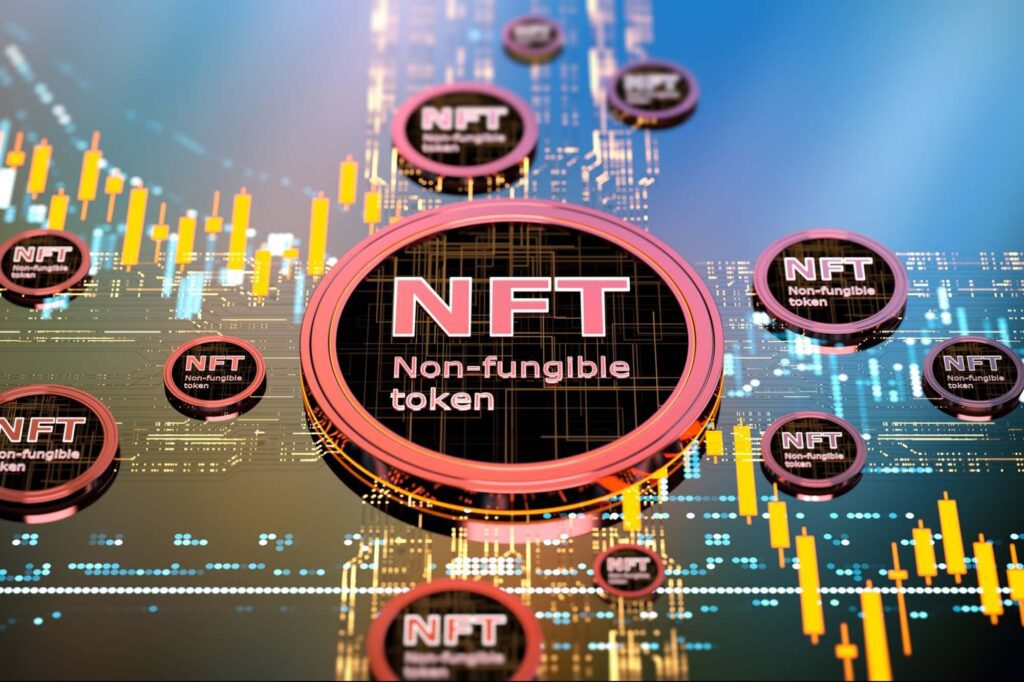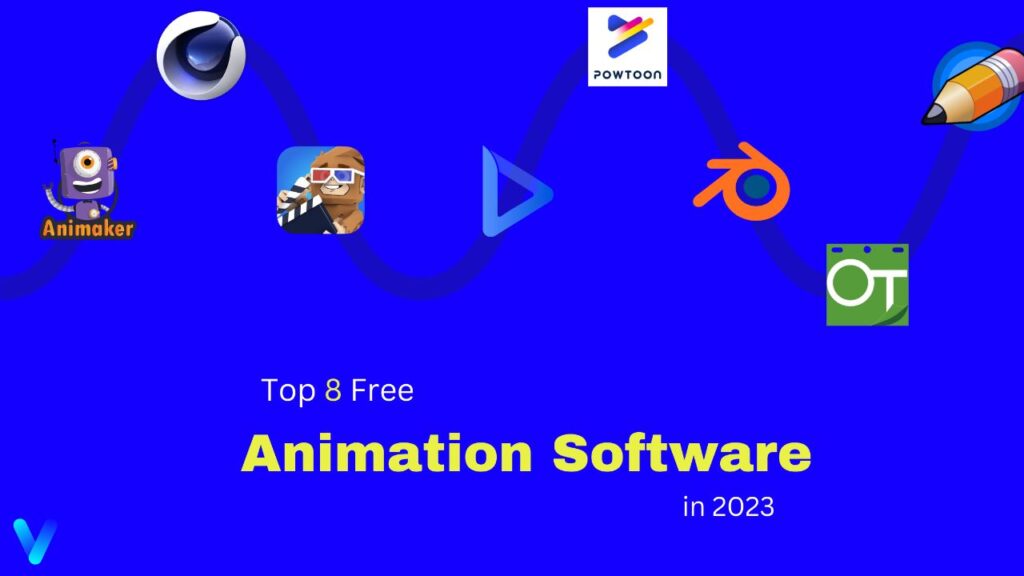ERP (Enterprise resource planning) is an integrated set of software modules that provide operational, managerial, and strategic information for an enterprise to improve productivity, enhance the quality of service and provide an integrated solution. Enterprise resource planning acts as an integrated multi-dimensional system for all major industry operations and functions. ERP software combine various departments together into a single integrated system, so that the various departments can share information and communicate with each other very easily.
Understand Enterprise resource planning?
ERP provides continuous integration of all the information flowing through a company such as information related to finance and accounts, human resource related information, information related to supply chain management, information related to customers etc.
ERP facilitates the flow of information between all business functions within and inside the organization, and manages connections to outside stakeholders by automating this activity with an organization through integrated software applications. For this reason, organizations implementing ERP consider the ERP system as a vital tool because it integrates various organizational systems and ensures flawless transactions and production.
Most of the processes implemented in any ERP software are core processes such as involving, purchase order processing, preparation of balance sheet, profit and loss account etc. that are common to all types of industry whether small, medium or large.
How Enterprise resource planning work?
ERP system is a fully integrated business management system covering major functional areas of an enterprise like finance, human resources, manufacturing and production, sales, logistics etc. It organizes and integrates the various organizational operations, business processes and information flows to make optimum use of resources such as men, material, money and machine.
ERP is a software architecture that facilitates the flow of information among the different organizational units within an enterprise. This concept of ensuring of the flow of information enables the decision-makers within an organization i.e. the top level of management to have an overall enterprise-wide view of the information as and when they need in a timely, reliable, consistent and precise manner. Thus ERP provides the backbone for an enterprise-wide information system and this known as inter-enterprise integration.
At the core of this ERP software is a central database which draws data from the user and feeds this these data into modular applications that operate on a common computing platform. This process thus standardizes business processes in a unified environment. In an ERP system, data needs to be entered only once. The ERP system provides consistency visibility and transparency across the entire enterprise.
The advantage of ERP is the fact that people in different departments can all see the same information, and update the relevant information. As soon as one department finishes its part of the order, the ERP system forwards it to the next concerned department, which is defined in the workflow. To understand the status of an order, anyone in the organization can simply log in to the ERP system. Web-based access can also be provided to customers who want to track down the order status.
Different levels of Enterprise resource planning
There are three distinct levels which must be taken into consideration by the top level or strategic level of management. they are as under:-
Level 1: Planning Level:
1. As the name implies, planning level is that level that designs the subsequent implementation process of ERP. Planning level plans for time schedules, deadlines, etc. for the ERP project. In other words the total ERP project plan is developed in this level.
2. In the planning level the organizational resources that will be used for the implementation are decided and the people who are supposed to lead the implementation as” team leaders” are identified.
3. In the planning level the details of how to go about the implementation of ERP are decided. This implies that in the planning level, the project plan is developed, respective individuals roles are identified and accordingly responsibilities are assigned.
4. At the planning level it is decided when to begin the project, how to do it, and when the project is supposed to be completed. It is also to be planned how to monitor the progress of the ERP implementation.
Level 2: Execution Level:
1. ERP execution level has its primary focus on the ERP project which is carried out to make ERP run successfully.
2. ERP execution level includes in it process modeling , statistical process control, inventory, logistics such as order entry, order transportation, etc.
3. ERP execution level also includes activities like maintenance of the project and human resources.
4. A very important concept in case of ERP execution phase is the GAP Analysis, GAP Analysis is the process through which companies create a complete model of where they are now, and in which direction they want to move in the future. The main task is to design a model which both anticipates and covers any functional gaps.
5. Another very important concept in case of ERP execution phase is the concept of re-engineering. This phase involves human factors. In ERP execution, the concept of reengineering has two dimensions. The first dimension is the one ERP is purchased with aim of reducing the number of employees.
ERP implementation will involve some change in job responsibilities as processes become more automated and efficient However it is best to regard ERP as investment and cost-cutting measure rather than a downsizing tool for an organization. ERP should ensure business changes but should not endanger the jobs of thousands of employee because of its implementation.
Level 3: Analysis Level:
1. Analysis level is the post-implementation phase of ERP implementation. This is the very critical level that comes to play when the implementation phase is over. This is the phase where all technicalities are over, and the new ERP system is officially declared as operational. In this phase, all data conversion must have already been done, and databases are up and running i.e. the system has” become live”.
2. The analysis level includes in it activities like sales analysis, product costing analysis, financial statement analysis etc.
3. At this level there must be enough employees who are trained to handle the problem that might occur when the system is running and there must be technical people in the company who can enhance the ERP system as and when required.
3 Important Modules of ERP
A module is a part of the program . The programs are composed of one or more independently developed modules that are not combined until the program is linked. ERP ( Enterprise Resource Planning ) software typically consists of multiple enterprise software modules that are individually purchased, based on what best meets the specific needs and technical capabilities of the organization. The most common modules which are available in all ERP software packages are as following:-
- Finance module.
- Manufacturing & production planning module.
- Human Resource Module.
Finance Module of ERP :
An ERP (enterprise resource planning) finance module is a software program that accumulates financial data and generates various reports such as edgers, trial balance data, overall balance sheets and necessary financial statements. The finance module of ERP supports the following functions:
1. General Ledger: General Ledger is the foundation of the accounting system with the flexibility to meet one’s current and future financial management requirements.
2. Accounts Payable: Accounts Payable streamlines cash flow processes, including entry of vendor invoices, flexible cash disbursement etc.
3. Accounts Receivable: Accounts Receivable tracks outstanding balances.
4. Multi-Currency: Multi-Currency is capable to process transactions in any number of currencies, including managing currency balances, execute accounting transactions, create reports etc.
5. Intercompany Transactions: Intercompany Transactions deal with those transactions that affect more than one company by automatically distributing transactions across two or more companies.
6. Transaction Analysis and Optional Field Creator: Transaction Analysis and Optional Field Creator customize the applications by adding unlimited optional fields.
Manufacturing & Production Planning Module of ERP:
Manufacturing & Production Planning Module of ERP consists of a group of applications for planning production, taking orders and delivering products to the customer. The Manufacturing & Production Planning Module of ERP supports the following functions.
1. Production planning Production planning performs capacity planning and creates a daily manufacturing/production schedule for a company’s manufacturing plant.
2. Materials management: Materials management controls purchasing of raw materials needed to manufacture products.
3. Sales and distribution: Sales and distribution track activities from the receipt of a request or order to billing and delivering the product.
4. Order entry and processing: Order entry and processing automates the data entry process of customer orders and keeps track of the status of orders.
5. Warehouse management: Warehouse management maintains records of warehoused delivery of products to customers via different. modes of transport/logistics.
6. Project management: Project management monitors work schedules on a project-to-project basis.
7. Customer service management : Customer service management checks contracts and warranties when customers call for help.
Human Resource Module:
The Human Resource Module of ERP ( HR module ) streamlines the management of human resources and human capitals within an organization. HR modules of ERP routinely maintain a complete employee database including contact information, salary details, attendance, performance evaluation etc. The Human Resource Module of ERP ( HR module ) supports the following functions:-
1. Demographic information of employees such as the employee’s full name and address, birth date, age, gender etc.
2. Emergency contact information is also part of the human resources module. This information is critical to keep current so that if an emergency occurs the proper people are notified.
3. Employment information such as the employee’s current position, department and supervisor. This information is also stored as historical information so one can see the different positions or supervisors the employee has had while working for a company. This information is also helpful in calculating the employer’s turnover rate which is a critical report for managers to see in case there is a consistent turnover in a specific department or team.
4. Salary and pay grade are also part of the human resource module of an ERP system. This information is also available as historical information where you can see the progression the employee has taken in salary while at the company. This information is also used to compare employees to find out who are your high performers and if there are employees that may need additional training.
5. Payroll information is also a part of the human resource module as the human resources module gives input to the payroll the current hourly or annual salary of the employee so that employees can be paid correctly.
Advantage of Enterprise resource planning
1. Reduction of operating costs: One of the most immediate and significant benefits from implementing an ERP solution is reduction of operating costs. Reduction of operating cost implies lowering of inventory control costs, lowering of production costs and lowering of marketing costs.
2. Reduction of time: ERP reduces a huge amount of time for each and den every department within an organization. In the manual system, each and every department is dependent on traditional pen and paper work, so it naturally takes a huge amount of time. ERP reduces the activity time because there is no data redundancy and all the data are easily accessible, so the data availability is very high.
3. Easy to access data: ERP enables user to access real time organizational data in a trouble free manner. People will not have to depend on the to non different departments within an organization to access important data and derive organizational trend. All departments can access every data such as stock data, payables, sales margin, production status, material work in progress status, delivery due date, delivery address, customer data etc independently.
4. Integrates financial information: During the analysis of the financial status of an organization the strategic level or the top level management may find different versions of the true picture. This is because the different business units within the organization have their own version of how much they in reality have contributed to revenue generation of the company.
ERP creates a single version of the true scenario of the financial status that cannot be questioned because everyone within the company is using the same system.
Some more Advantage of ERP
5. Improved visibility: Due to the centralized nature of ERP systems, organizations can track inventory levels on a daily basis. Due to the roti centralized nature of ERP systems organizations can also track inventory in transit and future consignments to be received. This visibility can enable organizations to control the working capital requirements to a great degree.
This visibility also enables organizations to run their enterprise in accordance with their strategy, while allowing them to arrive at quick decisions to explore up coming opportunities. Thus with a successful implementation of an ERP system, top management can have a consolidated view of sales, receivables and reduce inventory costs at the same time.
6. Facilitation of sales planning: Sales planning help the company to quote competitively today’s globalized market. Normally the quotation is done by taking into account the raw materials cost and the overhead cost. ERP softwares calculate both the things more effectively and more accurately. Company can also calculate overhead cost of the materials, how overhead time very easily using the ERP . Thus through ERP software a company can quote more competitive rates than the other company.
7. Integration of customer order information: In an ERP system all customer order related information are stored in one software system station instead of being scattered among many different systems that can’t abour communicate with one another. Thus using ERP softwares companies can to keep track of orders more easily, and coordinate manufacturing, inventory brand delivery processes among many different locations at the same time.
Disadvantage of Enterprise resource planning
1. One of the biggest disadvantages of ERP is the cost. At this time, only large corporations can truly take advantage of the benefits that are offered by this technology. The biggest challenges companies will face when trying to implement ERP deals with investment. The employees must be continually trained on how to use it, and it is also important for companies to make sure the integrity of the existing data and the current data is also ensured and protected.
2. Implementing an ERP system in a new business can be very effective. However implementing the same ERP system in an older business can be very difficult. In an older business, all the employees must be trained in ERP which not only require a huge amount of money but also demands a lot of time. It is alarming to note the time taken to implement the ERP system in the organization. These means large number of employees will have to spend their regular working hours and undertake training. This not only disturbs the regular functioning of the organization but also runs the organization in the huge risk of losing potential business in that particular training period.
3. ERP systems do not meet the business plans of every kind of enterprise. Often it is found that ERP systems must be customized to allow for specific tasks. One of the biggest problems with ERP is that it is very hard to customize. Customization of ERP softwares to meet the business plans of every kind of enterprise is both expensive and tedious. Even when a company takes an attempt to change and customize the system, they may become limited in what they can do in terms of applications.










